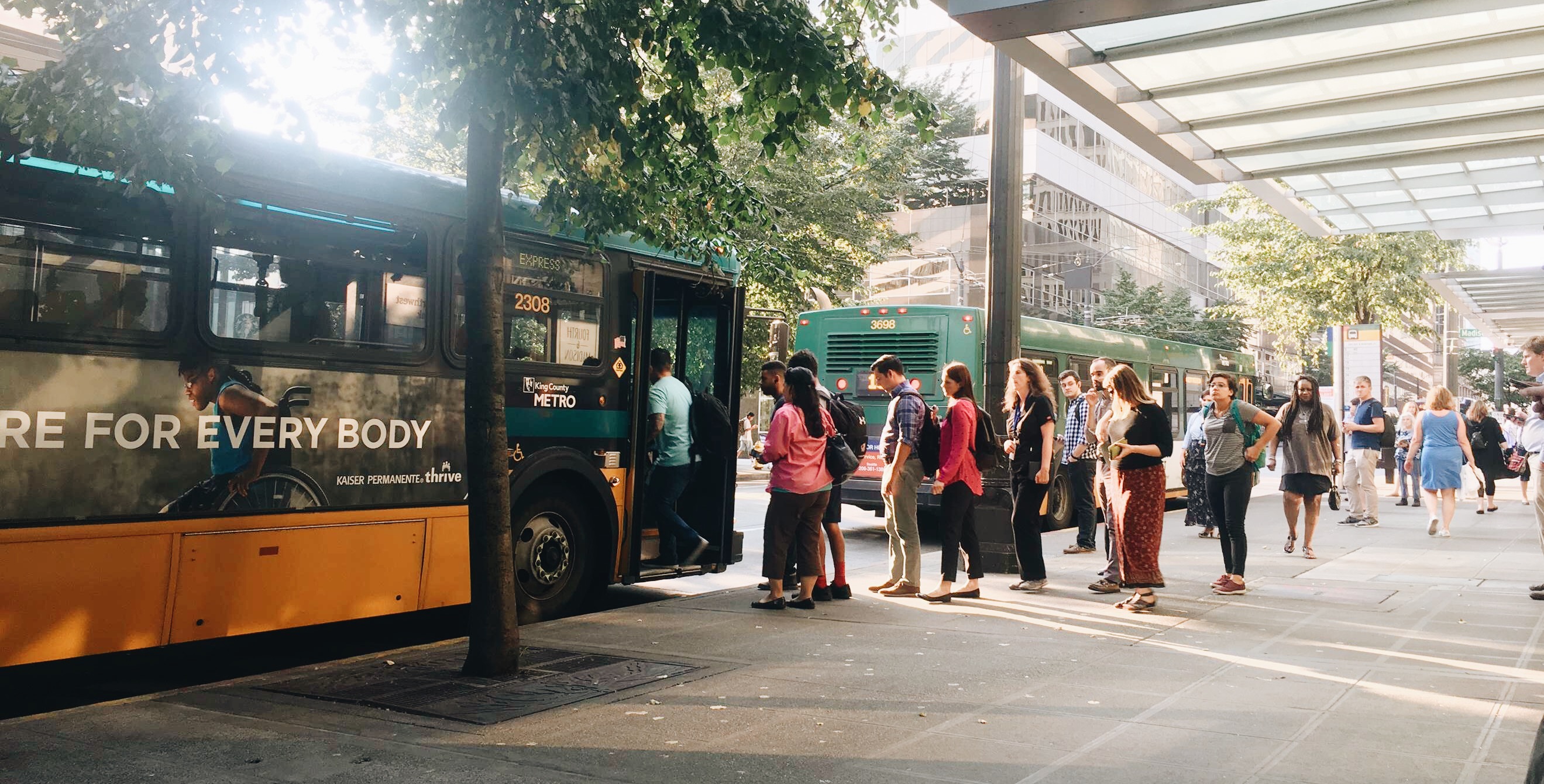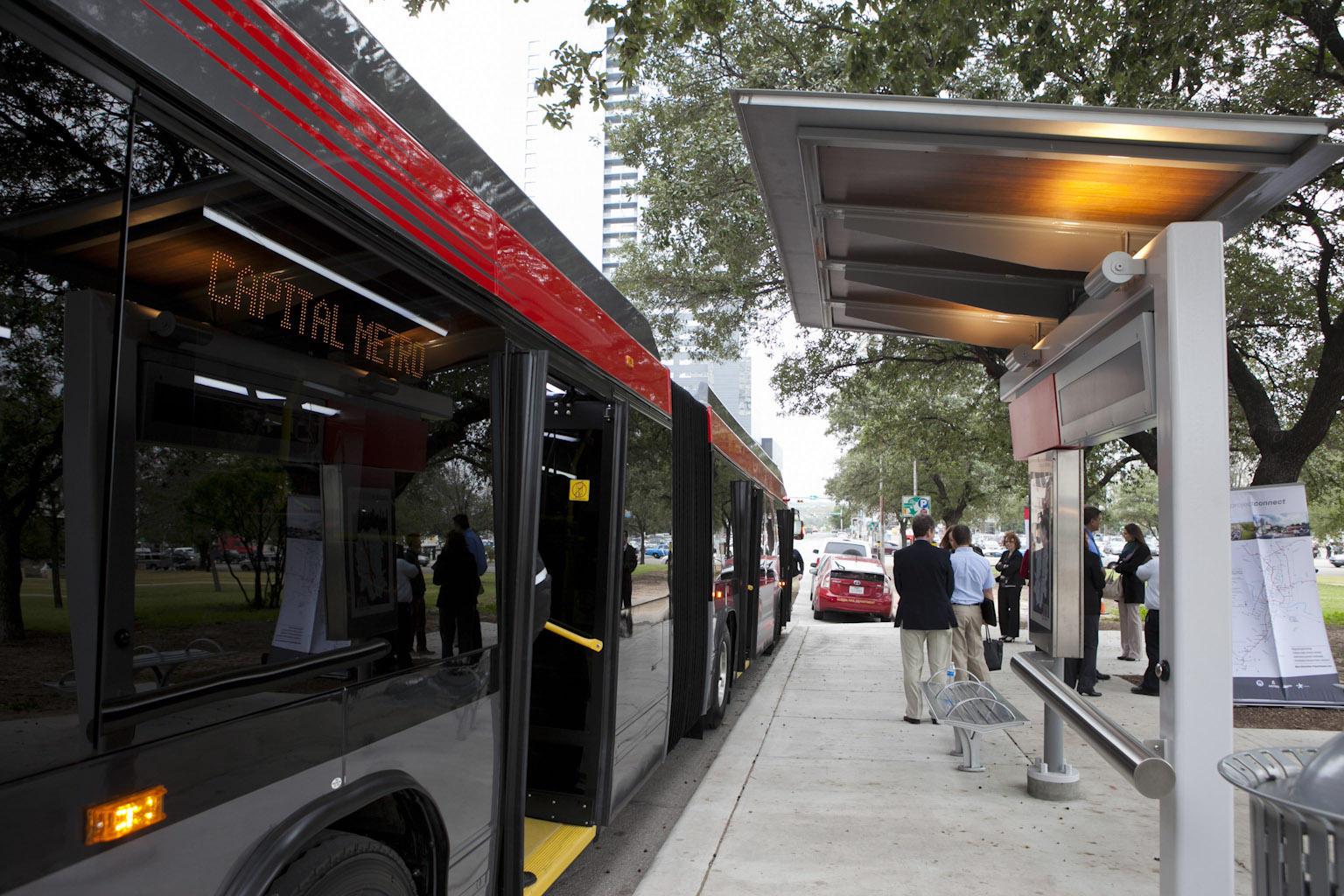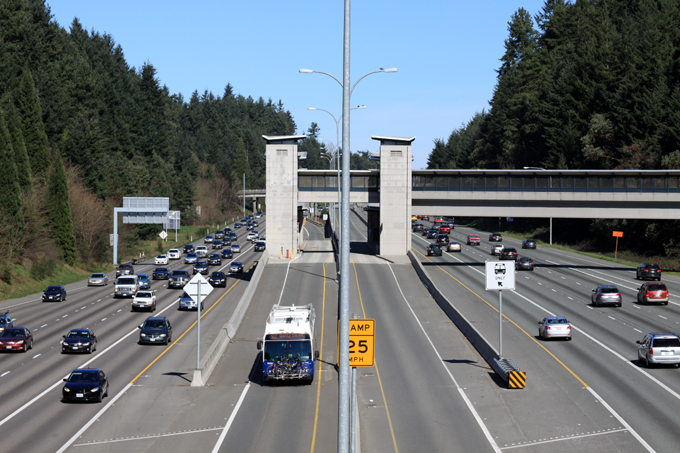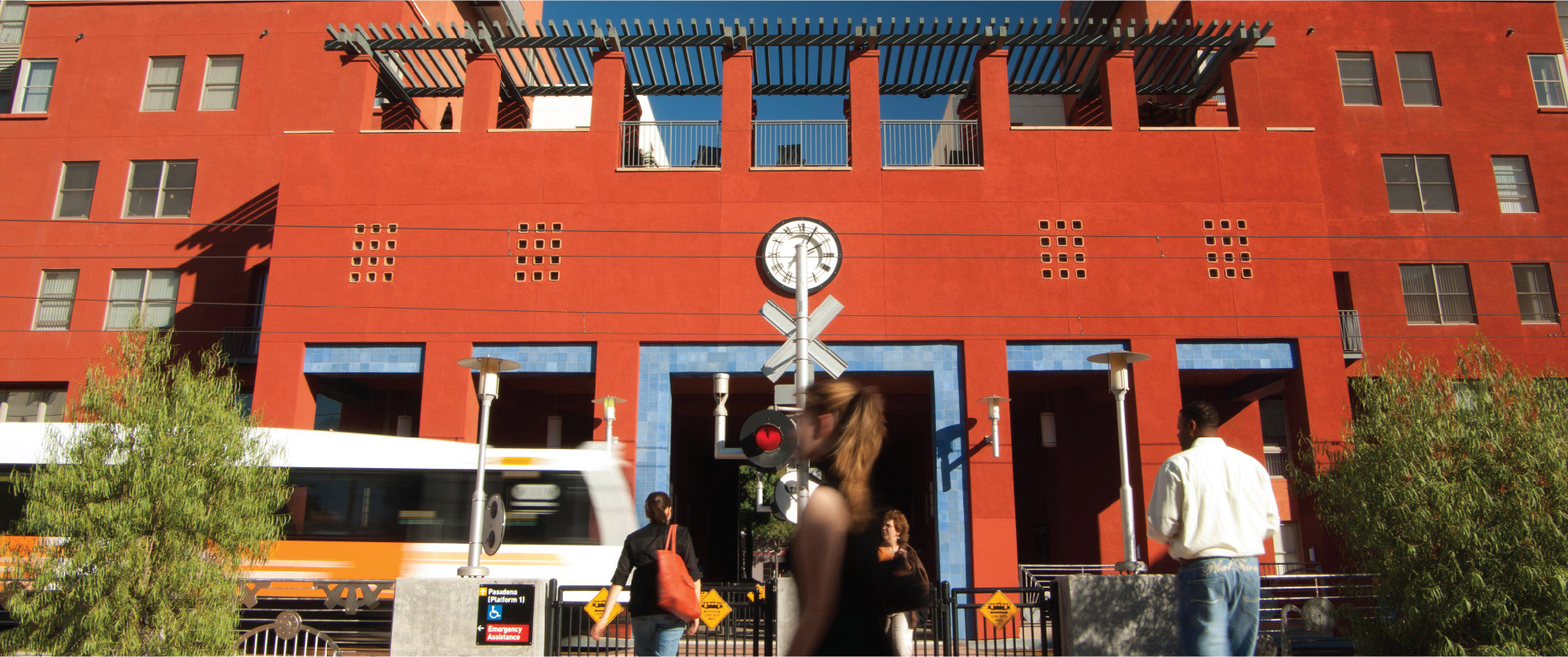
Editor’s note: This piece also appears on the Data for Progress blog
To avoid the worst effects of a warming planet, Americans can’t count on electric cars to clean up all of our transportation emissions. We also need better transit in our cities.
Models consistently show that electrifying the motor vehicle fleet will be necessary but not sufficient to achieve targets like net zero emissions by 2050. Only if we shift some travel from cars to transit can we decarbonize the transportation sector rapidly enough to fend off a rise in global temperatures greater than 1.5C.
The centrality of transit to effective climate policy aligns well with the goals of the Green New Deal, the ambitious framework to draw down American greenhouse gas emissions while advancing racial justice and economic fairness. Better transit will not only curb driving, it will reduce barriers to employment for low-income Americans and keep household transportation costs more manageable.
The Green New Deal resolution introduced by Congresswoman Alexandria Ocasio-Cortez and Senator Ed Markey leaves the details of policymaking for a later date. But by invoking transit, however briefly, the resolution invites expansive thinking about how to reform federal transportation policy.
Until now, transit has been relegated to the margins of federal policy while the lion’s share of transportation resources go toward highways. The Green New Deal suggests a much different approach — one that aims to put fast, reliable service within walking distance of as many homes and jobs as possible.
Budgeting more for transit should be a given when the opportunity arises to craft detailed Green New Deal legislation. But that’s only part of the solution.
Today, when regions do muster significant funds to invest in transit, too many resources go toward low-ridership projects that don’t serve major population and job clusters. Ridership has fallen nationwide for several years running, including in cities like Denver and Los Angeles that have spent billions on transit expansion.
Without overhauling the current policy regime of wasteful road-widening and poor transit investment choices, increasing the federal transit budget won’t get us very far. Here’s what will.
Deliver better transit service, not just more transit infrastructure
As a general rule, the more service transit agencies provide, the more people ride transit. Canadian cities have much higher transit ridership than comparable American cities, for instance, in large part because Canadian cities simply provide much more service per capita.
Federal transit policy, however, is oriented around building infrastructure, not providing service. Since 1998, Congress has only supplied operating assistance to the smallest transit agencies.
There are good justifications for this policy — federal support shouldn’t substitute for operating funds the local agency would otherwise provide — but it also leads to counterproductive outcomes. In the wake of the 2009 stimulus package, transit agencies all over the country received federal funding to buy new buses and rolling stock at the same time the recession forced them to cut service.
So how should federal policy improve local transit service? To start with, any operating support from the feds should come in the form of matching funds that don’t supplant local transit spending.
Federal capital funds can also incentivize better transit policy at the local level. A transit agency that meets benchmarks for delivering frequent, all-day service, for instance, could be rewarded with additional capital grants from the feds. This could set in motion a virtuous circle of additional service, better maintenance, and higher ridership.

Let local agencies improve transit without jumping through hoops
Better transit is inherently good for the environment. It makes no sense to drag basic transit upgrades through the expensive, time-consuming process of environmental review. Yet that’s what federal policy imposes, even for projects as straightforward as adding a bus lane or a bus stop.
The federal government already exempts certain types of projects from review, such as bike lanes. These exemptions should be expanded to include simple transit-priority projects — and should override environmental review at the state level too.
Transportation agencies should also have more leeway to spend federal funds on pedestrian infrastructure. Most transit trips involve walking, and agencies shouldn’t have to apply for sidewalk funds from an alphabet soup of tight-fisted federal programs. If the feds gave state DOTs a free and easy hand to build highways for the past 60 years, they can finally do the same for local transportation agencies and sidewalks.

Stop expanding highways
The federal surface transportation program supplies states with piles of money for roads — upwards of $40 billion in 2018 alone — and unchecked highway funding has sent America’s carbon emissions soaring.
Much of this funding should be redirected to cities and regional agencies, with an emphasis on transportation projects that explicitly reduce vehicle mileage, such as transit-priority lanes and bike and pedestrian infrastructure.
Of the funding that state DOTs retain, tight restrictions should be placed on highway expansion. Wringing more capacity out of the highway system should rely on efficiency measures like tolling existing lanes or converting them to bus- or HOV-only operations.

Build transit where people will ride it, not where it’s easiest
Tempted by easy right-of-way acquisition, American transit agencies often decide to add rail along freeway medians or old freight lines, extending far into unwalkable suburbs. These routes are not designed to succeed as high-volume travel options. Dallas’s light rail network is the classic example: Despite covering great distances, it hasn’t led to an increase in total transit commuting.
Federal cost-effectiveness formulas exacerbate the problem by encouraging agencies to select routes because they minimize expense, not because they maximize ridership.
Transit expansion projects are essential, but they must be built where large numbers of people can walk to stops. It’s worth the additional expense to build transit people will ride. In a climate crisis, we can’t afford to do otherwise.

 On the Brink: Will WMATA’s Progress Be Erased by 2024?
On the Brink: Will WMATA’s Progress Be Erased by 2024?
The experience of being a WMATA rider has substantially improved over the last 18 months, thanks to changes the agency has made like adding off-peak service and simplifying fares. Things are about to get even better with the launch of all-door boarding later this fall, overnight bus service on some lines starting in December, and an ambitious plan to redesign the Metrobus network. But all of this could go away by July 1, 2024.
Read More A Bus Agenda for New York City Mayor Eric Adams
A Bus Agenda for New York City Mayor Eric Adams
To create the “state-of-the-art bus transit system” of his campaign platform, Mayor Adams will have to both expand the quantity and improve the quality of bus lanes. We recommend these strategies to get it done.
Read More